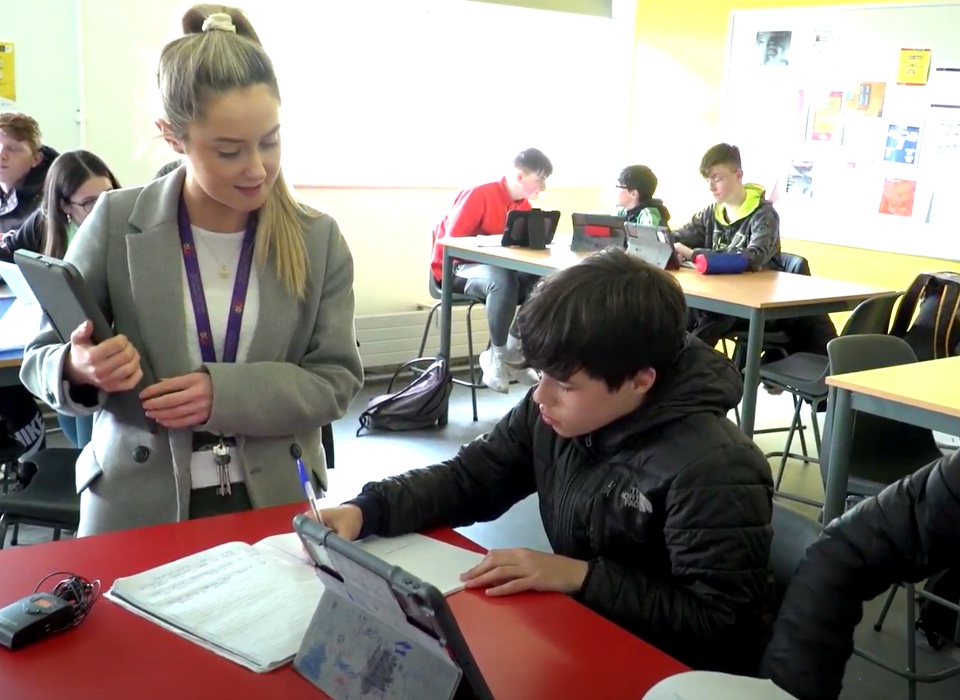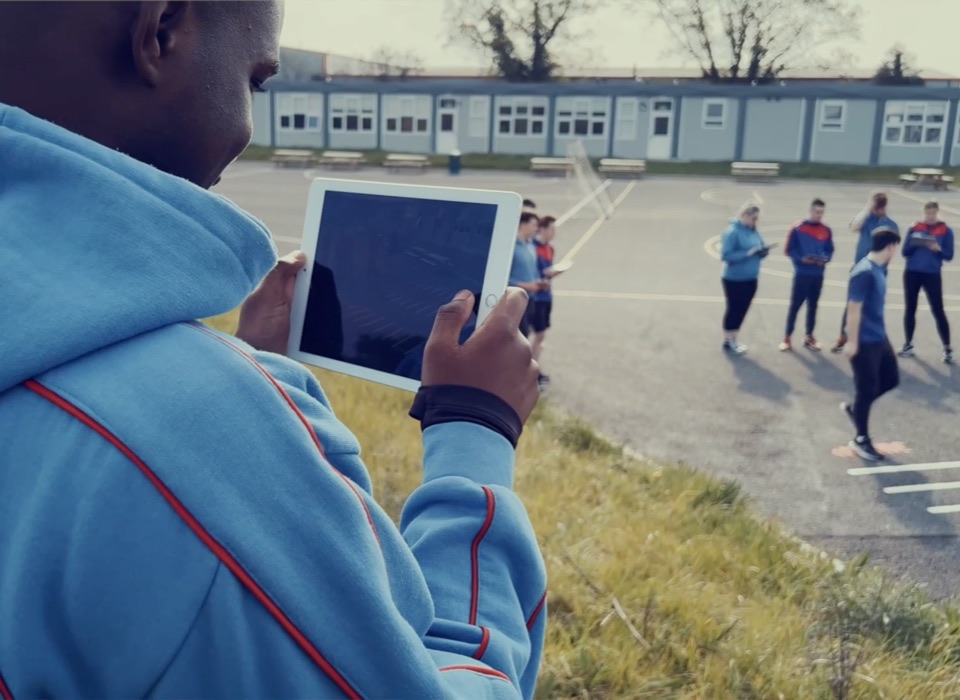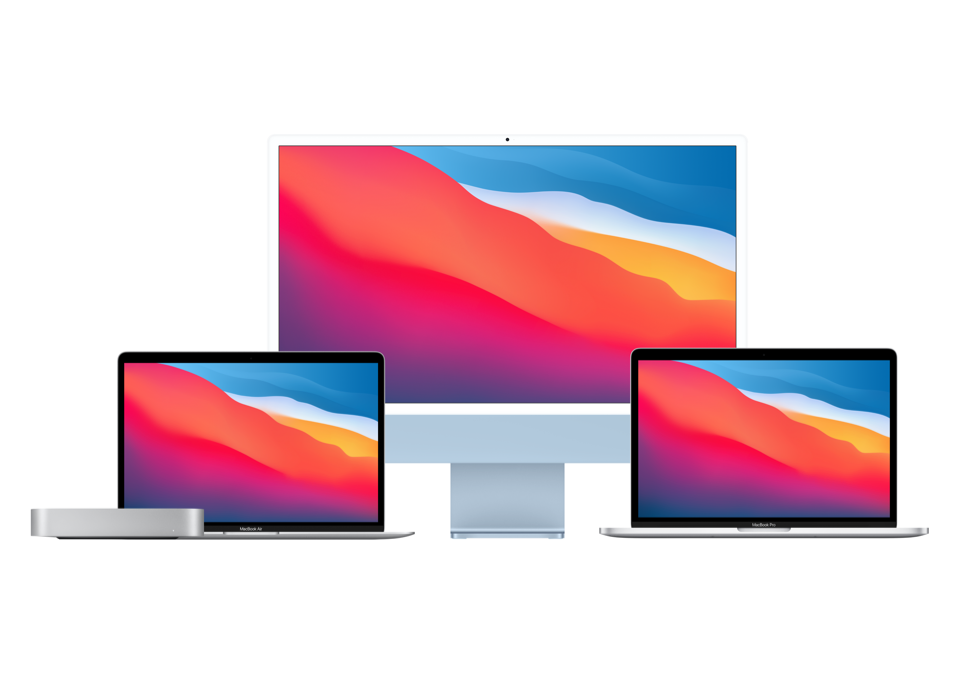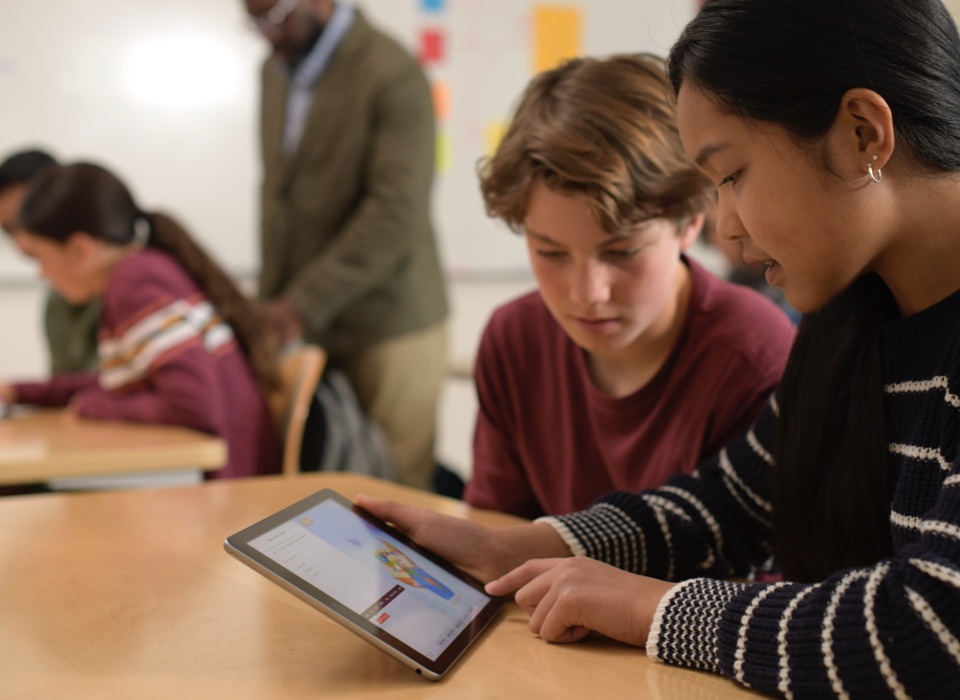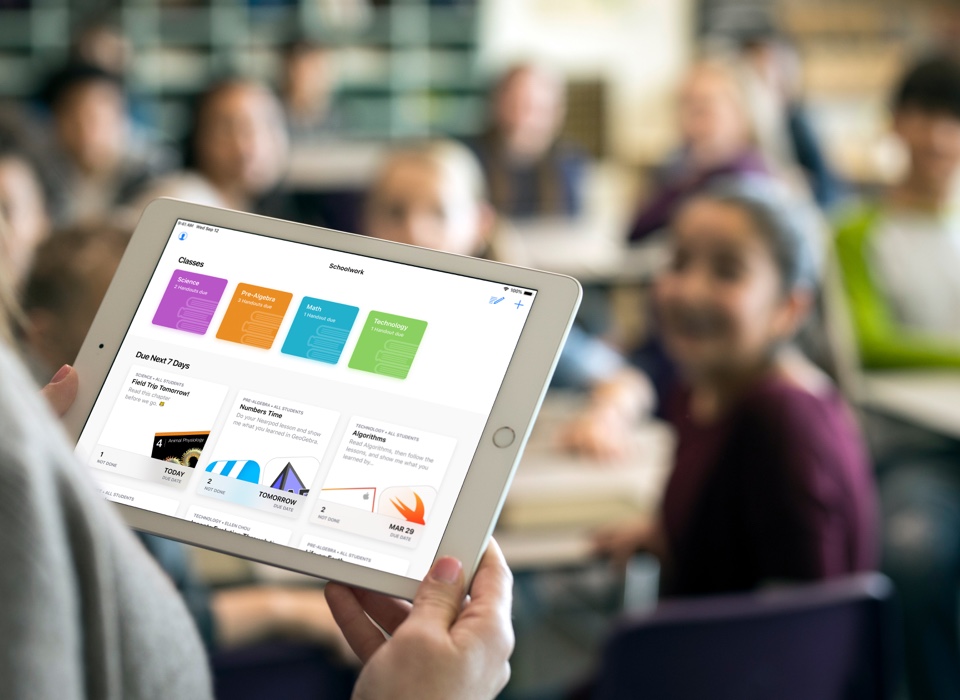Embarking on any journey of change is daunting. In education, changing practice and adapting approaches is an almost daily occurrence. Therefore, I would argue that most teachers are well versed in ‘change’ and have become experts in pedagogical flexibility. However, the success of some ‘whole-school’ initiatives (such as the embedment of new technology) requires more than goodwill and open mindedness. Changing technological practice inherently comes with its own unique set of hurdles that every teacher must jump over. Some of the hurdles are bigger than others. Some are more technical or logistical. Others are more about changing mindsets than practice. However, every hurdle is valid, and every hurdle must be addressed.
In this blog, I’ll be exploring some of the most frequently lauded ‘Barriers to technological change’. I’ll also be suggesting ways to tackle the barriers. For more support on this subject, check out our ‘Apple Learning Institute’ where school leaders can attend high-quality workshops that focus in on embedding technological change.
1. The learners are more confident than the teachers.
There will always be students who can outsmart their teachers when it comes to utilising technology. It is inevitable. In primary school, some learners begin to out-skill their teachers early on, and in post-primary, it’s hard to find any students that are not completely comfortable with a device in their hands. When you stop and think about it, this imbalance is unique in the classroom. By definition, a teacher needs to know more than the students to be able to teach! Understandably then, some teachers will choose to shy away from embedding technology into their lessons. Of course, this is a problem if a school is looking to embrace new devices and improve digital literacy.
Tackling this barrier really comes down to a change in the classroom dynamic. We work with teachers and students to help leverage positives from this technological imbalance. Through Apple Professional Learning, teachers can gain the confidence to let their students explore technology at a higher level, safe in the knowledge that they can help facilitate this with enough background understanding. When we work with students, we encourage them to become a support system for their teachers. Leaning on the students for technological support is not only useful, but it also encourages a deeper technological understanding. It goes without saying that education should be a two way street. Children should learn from adult and vice-versa. This is particularly prevalent when it comes to technology.
2. No time to embrace the change.
If there's one thing that teachers all around the world do not have, it’s time. Any precious minutes that are available will no doubt be filled with general teaching responsibilities. The question is then, how do you begin to build up technological excellence when no one has any time to explore new apps or play with innovative ideas? This barrier to change is not just relevant when it comes to technology of course, but I would argue that embedding devices effectively into day-to-day practice is a time-demanding task. On top of this, technology has a habit of evolving quickly and many teachers wish to mirror this speedy progress in their planning.
Select can help schools manage time in a few ways. Firstly, Select Academy (our online training platform) enables teachers to progress at their own rate in their own time. This high quality asynchronous training experience is available to teachers 24/7 for 365 days a year. It allows practitioners to build skills whenever they have the time to do so. However, more importantly it enables teachers to home in on the most relevant applications. No time is wasted exploring apps that have no baring in their subject. We can also help schools to tackle this ‘barrier to change’ by collaborating on strategic digital learning plans. On the ‘Apple Learning Leader’ course we work with leaders in your school to create realistic timelines for any digital strategy. Setting appropriate goals and sharing a long-term plan with every teacher can ease the pressure of embracing technological change. What’s more, we can advise on how long it takes for most schools to fully embed various ranges of digital learning plans. More often, it’s longer than you might think.
3. Unknown terrain.
Over the years, technology has infiltrated day-to-day classroom practice in a big way. The pandemic forced all sorts of educational settings to ‘up their game’ in a short time frame. Therefore, it’s fair to say that ‘technological unknowns’ are diminishing. However, taking big steps into the world of digital devices, such as giving every student and teacher an iPad in your school, is still uncharted territory for many schools. On top of this, in many schools, decisions can be made without the involvement of every stakeholder. The ‘unknown’ element can therefore stem from a lack of communication. Without an equal ‘buy-in’ from everyone involved in a technological change, barriers can begin to form before you’ve purchased a single device.
Thankfully, we are in a unique position to guide teachers out of the unknown and into ‘the known’. We work with a huge number of schools that are at various stages of technological change. As such, we’re able to open collaborative pathways, enabling organisations to share best practice. If you are at the start of a digital strategy, you can see the results of a fully embedded technological plan in the context of a working school. There is no substitute for observing and experiencing first-hand how Apple devices are being used in the classroom day-to-day. Every school is different and therefore, different barriers reveal themselves and different strategies are deployed to tackle them. Communicating with other practitioners means that you can discuss the inherent challenges of technological change long before you embark on your own journey. On another note, our Apple Learning Leader course, helps attendees to create digital learning plans that involve every stakeholder in your school community. We help schools to embed strategies that include all the teachers, parents, admin staff, site staff and so on, right from the off. It means that each person has an active involvement in the shape, delivery, and ongoing progression of your digital learning plan. This way, the ‘change’ is embraced by everyone because everyone created the ‘change’ together.
4. Changes historically do not last.
We’ve all been there. A new initiative bursts on to the scene. It spreads like wildfire and before long, it’s everywhere. But as quickly as it explodes, it burns out again and we’re on to the next new thing. Unfortunately, this happens in the context of both big and small changes. When changes are fleeting you can totally see why many teachers become disenfranchised. In the case of technology, it is true that making a change can sometimes render past resources obsolete. Moving from one platform to another can cause headaches transferring files across. New operating systems, new apps, and new ways of navigating around your device. With all of this in mind, teachers need to know that this change is going to stick, as they enter a new technological terrain, where the students know more than them with limited time to build technological skills.
To tackle this barrier, we place a huge amount of importance on ‘why’. Why are Apple devices the right choice for you? What are your main technological goals and how do these devices help you to achieve them? What impacts will it have on day-to-day classroom practice and how will you measure the impacts of the new technology? These are just a few of the questions we ask schools before they purchase any devices. The simple fact is, if everyone across an entire educational organisation has a clear understanding of why a technological change must be made and what positive impacts it is going to make, the digital strategy should last. Plans fall apart when schools rush into a strategy without properly considering and communicating a statement for learning (or your ‘why’). This clear intention can also fuel an Apple Professional Learning plan. Ongoing training will ensure that you get the most out of the technology and that you are at the cutting edge of innovation. In other words, further changes will be less likely because the technology offers a never-ending list of educational possibilities. The Apple Learning Leader course helps teachers to build their ‘why’ and communicate it clearly as part of a wider digital learning plan.
5. I’m happy with my current practice.
Out of all the ‘barriers to change’, this is the hardest to tackle. If it isn’t broken, why fix it? If current practices render good results, why make a change? If existing lessons and resources work well, why embrace technology? It’s the hardest barrier to tackle because it is a completely valid stance to take. No one wants to plan technology into their lessons for no reason, other than to tick a digital learning plan box. For apprehensive teachers, it only takes one bad experience with new technology for them to revert to previous practices. Again, if those previous practices work, why go through the stress of embedding devices into future lessons?
The only way to address this is through collaboration. Firstly, our Apple Professional Learning Specialists look to work directly with teachers in the context of their own classrooms. Through a range of facilitation strategies, we can showcase how Apple devices make a hugely positive impact and enrich education. For example, ‘classroom modelling’ is one facilitation strategy that we employ to actively demonstrate how interactive an engaging the embedment of technology can be, during a lesson that the Apple Professional Learning Specialist teaches / team teaches with observing teachers. Small group or 1:1 session’s enable the trainer to drill into specifics as well as addressing individual apprehensions. Internal collaboration is key as well. Teaching can become an oddly isolated venture. Quite often you can miss the great things going on in the classroom next door. By offering ongoing professional development and opening collaboration across classrooms, we are able to highlight the full potential of Apple devices. Making a technological change can result in more opportunities for creativity; more options for personalised learning; easier ways of assessing progress; new engaging ways of approaching learning objectives; more accessible ways of approaching classroom tasks and so on. In short, the benefits far outweigh the negatives. Embedded correctly, technology offers enhancement, not replacement. Happy with your current practice? You can always be happier!
The importance of change management cannot be underestimated. The success of any digital learning plan comes down to how well schools can transition from one way of life to another. At Select we can support any educational organisation to make the right decisions. We can help to eradicate barriers before they arise or tackle them when they appear. Through planning essentials meetings, we can lay the foundations of a fall-proof technological deployment. Our Apple Learning Institute trains teachers in leadership roles to create and execute digital learning plans. Ongoing Apple Professional Development and Select Academy can ensure that any changes you make are fully realised and continue to evolve. This comprehensive selection of support is underpinned by a collaborative effort that makes sure that your plan is unique to your school. Making a technological change must be right for your learners, your teachers and your wider educational community. When it’s the right change for the right reasons, the barriers are easy to tackle.

